The Internet of Things (IoT) is revolutionizing the way we interact with technology, creating a seamlessly connected world. IoT involves embedding sensors and connectivity into everyday objects, allowing them to collect, exchange, and act on data. This connectivity spans across various categories, each with distinct applications and benefits. This blog delves into the primary categories of IoT, highlighting their roles and impacts.
1. Smart Home Devices: Bringing Automation to Your Living Space
Overview: Smart home devices are perhaps the most visible and accessible category of IoT. These devices enhance convenience, security, and energy efficiency within residential settings.
Key Examples:
- Smart Thermostats: Automatically adjust home temperature based on user preferences and patterns.
- Smart Lighting: Allows for remote control and scheduling of lighting to suit various needs and moods.
- Home Security Systems: Includes smart cameras, doorbells, and locks that provide enhanced security and monitoring capabilities.
Impact:
- Convenience: Simplifies daily routines with automation and remote control.
- Energy Efficiency: Reduces energy consumption through intelligent management of home systems.
- Enhanced Security: Provides real-time monitoring and alerts for improved home safety.
Smart home devices exemplify how IoT can create a more comfortable and secure living environment by integrating advanced technology into everyday objects.
2. Industrial IoT (IIoT): Transforming Manufacturing and Operations
Overview: Industrial IoT refers to the use of IoT technology within industrial settings to improve efficiency, safety, and productivity. IIoT integrates sensors, data analytics, and automation into industrial processes.
Key Examples:
- Predictive Maintenance: Utilizes sensors to monitor equipment health and predict failures before they occur.
- Smart Manufacturing: Involves automated systems and robotics that enhance production efficiency and quality control.
- Supply Chain Management: Uses IoT to track inventory, optimize logistics, and improve supply chain visibility.
Impact:
- Operational Efficiency: Enhances productivity and reduces downtime through real-time data and automation.
- Safety: Improves workplace safety by monitoring equipment and environmental conditions.
- Cost Savings: Reduces operational costs through optimized maintenance and resource management.
Industrial IoT is at the forefront of modernizing industries, enabling smarter manufacturing processes and more efficient operations.
3. Wearables: Health and Fitness at Your Fingertips
Overview: Wearable IoT devices are designed to be worn on the body and offer real-time monitoring of health and fitness metrics. These devices provide valuable insights into personal well-being and activity levels.
Key Examples:
- Fitness Trackers: Monitor physical activity, heart rate, and other health metrics to support fitness goals.
- Smartwatches: Offer a range of functions, including notifications, GPS tracking, and health monitoring.
- Health Monitors: Devices like continuous glucose monitors and ECG patches that provide data for managing chronic conditions.
Impact:
- Health Monitoring: Provides valuable data for tracking and improving personal health and fitness.
- Convenience: Integrates various functions into a single device for ease of use and accessibility.
- Data-Driven Insights: Offers actionable insights based on real-time data, supporting better health management.
Wearables exemplify how IoT technology can be embedded into personal devices to enhance health monitoring and fitness tracking.
4. Smart Cities: Enhancing Urban Living
Overview: The smart city category of IoT focuses on applying technology to urban infrastructure and services. The goal is to improve the quality of life for residents through better management of resources and services.
Key Examples:
- Smart Traffic Management: Uses sensors and data analytics to optimize traffic flow and reduce congestion.
- Smart Waste Management: Implements sensors in waste bins to monitor fill levels and optimize collection routes.
- Energy Management: Includes smart grids and meters that manage and reduce energy consumption across the city.
Impact:
- Efficiency: Enhances the efficiency of urban services and resource management.
- Quality of Life: Improves living conditions through better infrastructure and services.
- Sustainability: Supports environmental sustainability by optimizing resource use and reducing waste.
Smart cities leverage IoT to address urban challenges and create more livable, efficient, and sustainable environments.
5. Agriculture and Farming: Precision in Agriculture
Overview: IoT in agriculture, also known as smart farming, utilizes technology to enhance agricultural practices. This category aims to improve crop yields, optimize resource use, and support sustainable farming.
Key Examples:
- Precision Agriculture: Uses sensors and data analytics to monitor soil conditions, weather patterns, and crop health.
- Automated Irrigation Systems: Adjusts water levels based on real-time soil moisture data to optimize water use.
- Livestock Monitoring: Tracks the health and location of livestock using wearable sensors and GPS technology.
Impact:
- Increased Yields: Enhances crop management and resource allocation for better yields.
- Resource Efficiency: Reduces waste and optimizes resource use through data-driven insights.
- Sustainability: Supports environmentally friendly farming practices by minimizing resource consumption.
IoT in agriculture represents a significant advancement in farming technology, driving efficiency and sustainability in food production.
Conclusion
The Internet of Things encompasses a wide range of categories, each offering unique benefits and applications. From transforming daily life with smart home devices to revolutionizing industries with IIoT and advancing agriculture with smart farming, IoT technology is reshaping our world. Understanding these categories highlights the diverse ways in which IoT impacts various aspects of technology and life, driving innovation and improving efficiency across different sectors. As IoT continues to evolve, its applications and benefits will expand, further enhancing how we interact with technology in our everyday lives.

